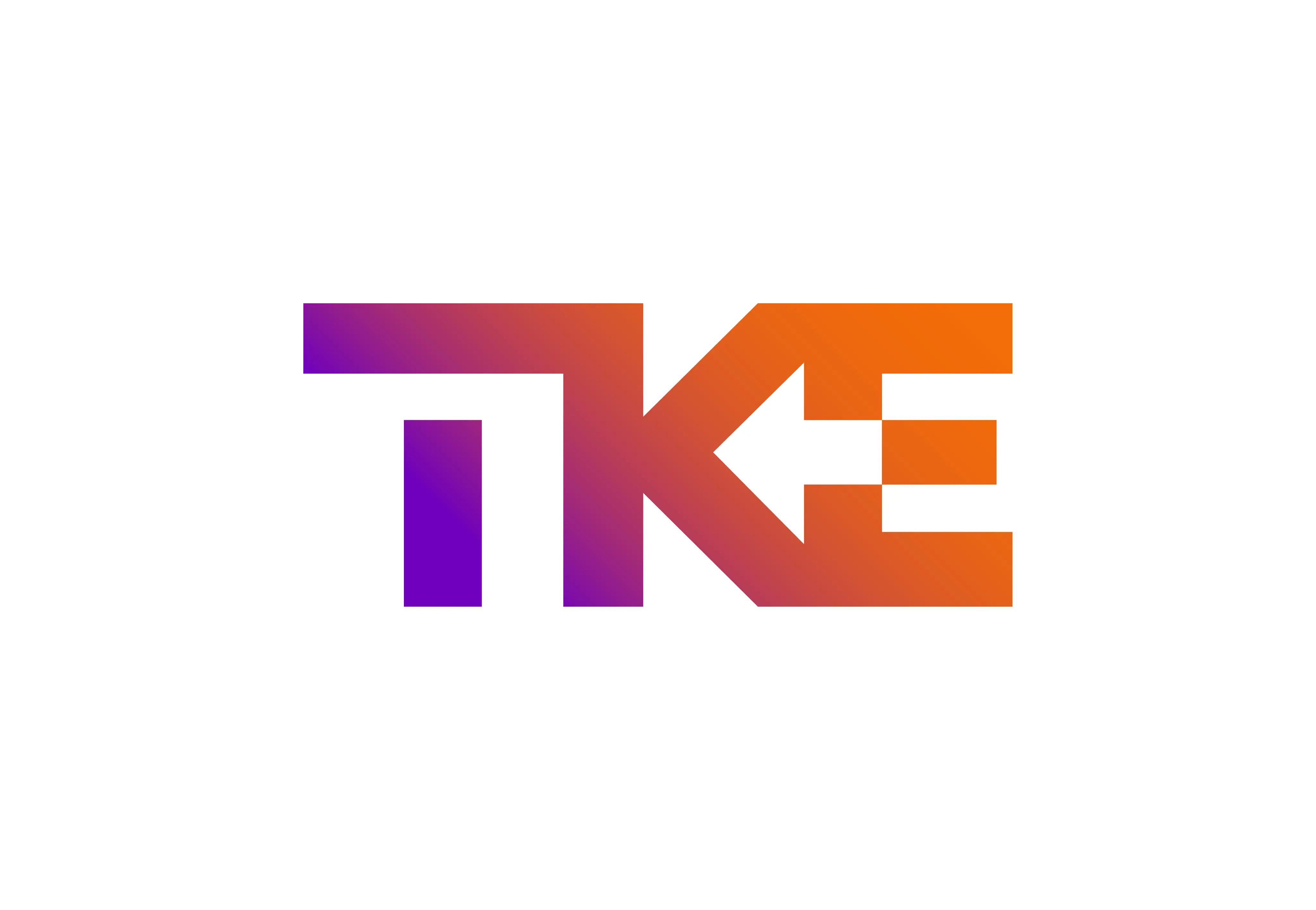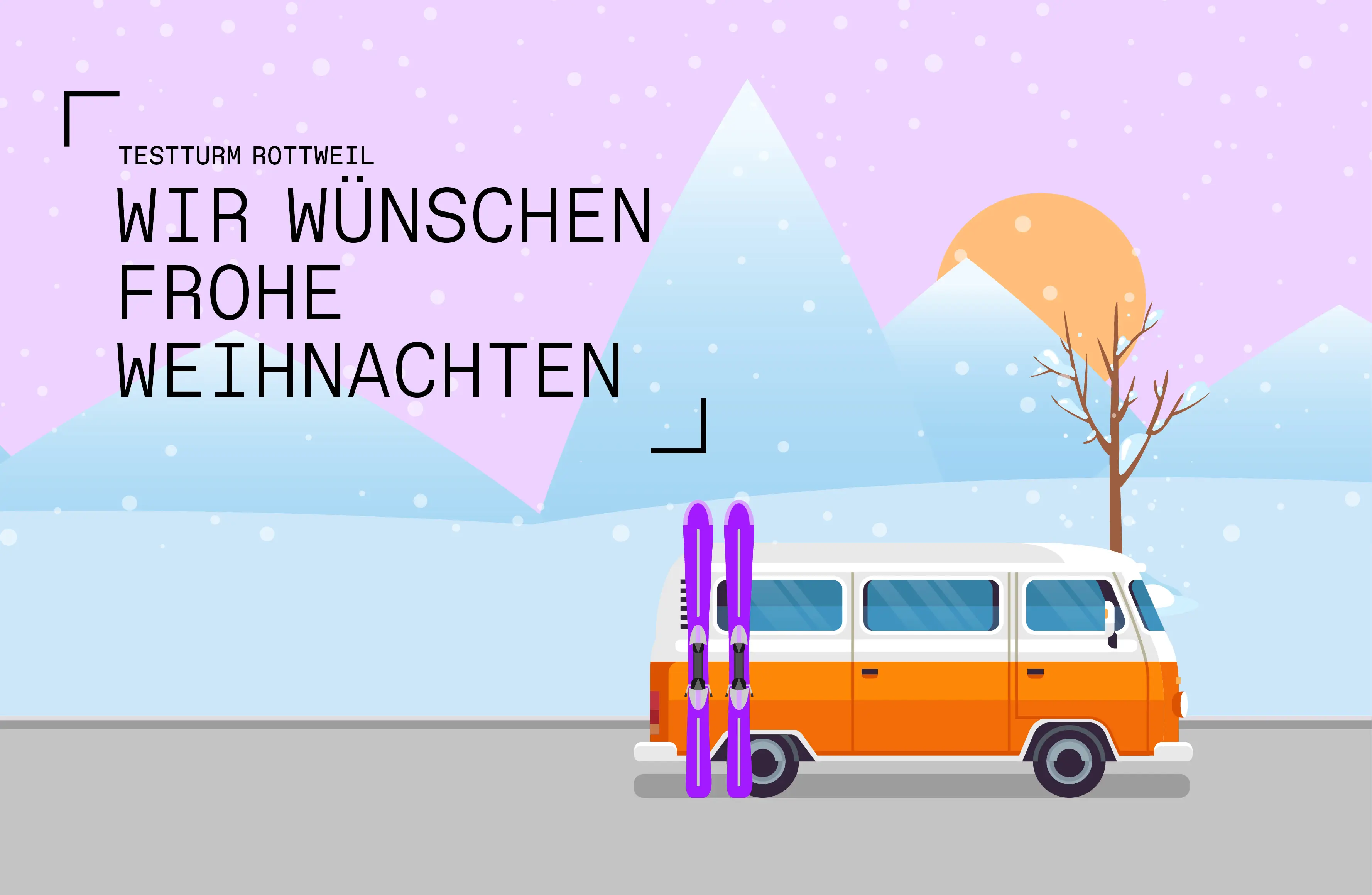Is it time to modernize your elevator?
15.07.2025 | Modernization
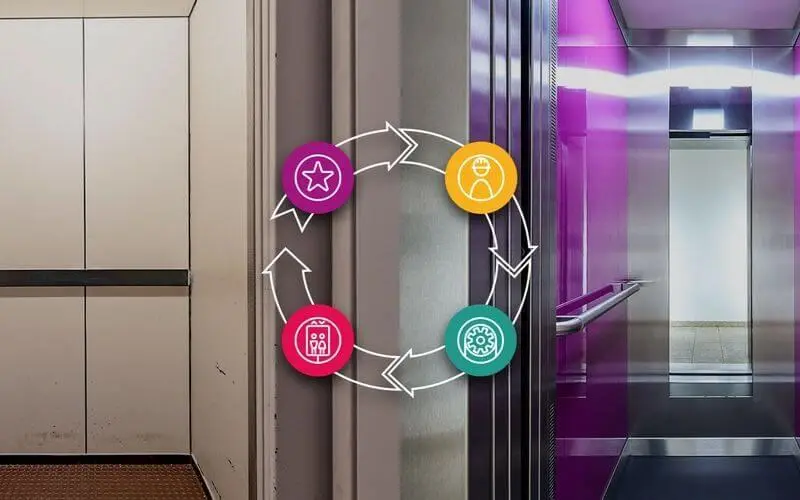
As long as it works, and works well, most passengers don’t even notice the elevator, or lift – for our British English readers.
Sure, they might appreciate the full-length mirror, the handy railing, the soft lighting that lends itself to the perfect elevator selfie, or even the weather forecast on the screen that alerts them to the fact that they might want to grab an umbrella before they head out. For most people, an elevator is simply a means to an end that gets them up and down in a building.
On the other hand, the minute the levelling is off when they enter/exit, the ride isn’t smooth, or they hear noises as they’re transported to their high-rise office or apartment – they notice. And these factors make them uncertain.
And, when this machine of convenience doesn’t work at all, or it simply does not function smoothly, then you – the building’s owner or facility manager – will definitely hear about it.
So, before that happens, even though it has been regularly serviced and lovingly maintained, it might be time to modernize your elevator.
How old is too old for your elevator?
As with any technology, even the most advanced systems face wear and tear over time, and so it is with elevators. Most experts agree that the average lifespan of modern lifts is somewhere between 15-20 years provided they receive regular maintenance.
The good news is that even after a fair few years of serving you and your building’s occupants faithfully, there’s a lot that can be done to keep your elevator operating safely and efficiently. After all, there are certainly much older elevators which are still going strong, largely thanks to modernization efforts. You can read more about some of the world’s oldest, still-operational elevators here. [https://www.oldest.org/technology/running-elevators/]
Globally, over 30% of elevators are more than 20 years old, and this figure rises to over 50% in Europe and North America.* The numbers make it clear that upgrading your building’s critical infrastructure is essential as it has a direct impact on your tenants. Making the decision on when to upgrade your elevator is challenging, and we are here to expertly guide you.
* Source: TK Elevator Sustainability Report 2021/2022, p.17
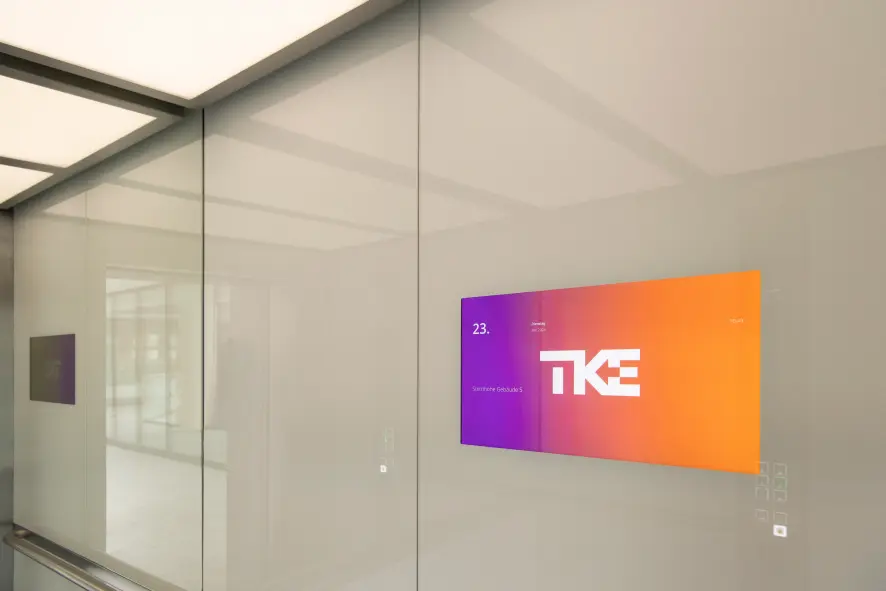
How do you know it’s time to modernize your elevator?
In general, you need to look into modernizing your lift when:
- You’ve had several elevator parts replaced already or repeatedly. Replacement parts can be difficult / expensive to source as they are old, and maybe unavailable.
- Passengers complain about consistent issues with the ride quality in terms of noise, vibration or leveling:
Noise: Ideally, the noise inside a typical passenger elevator car is somewhere between 50 and 60 A-weighted decibels, or dB(A) – the equivalent of a person talking at a normal volume at a distance of 1 meter away from the listener, or the hum of a refrigerator. This range aligns with international standards such as DIN 8989 and ISO 18738 for elevator ride comfort and acoustics. While there are variations based on the shaft height, elevator speed and size, if the noise within the cabin is like loud traffic, it is time to look into the cause.
Vibration: Calculations in this area can be complex, and take into account vertical vibrations, lateral vibrations, peak-to-peak values (from the highest point to the lowest on the vibration wave) as well as the A95 percentile values (indicating the vibration value under which 95% of the elevator’s travel should fall). For typical passenger elevators, ISO 18738:2003 standards indicate the vertical vibration peak-to-peak value should be less than or equal to 17 mg*, and the A95 value should be less than or equal to 14 mg. Meanwhile the lateral peak-to-peak value should be ≤11 mg and the A95 should be ≤3 mg.
Or, to put it plainly, riding in a well-maintained elevator with ≤15 mg vertical vibration is like sitting in a luxury sedan cruising at 70 km/h on a smooth road — calm, steady, and barely noticeable. If the ride feels like a car without shock-absorbers on a potholed road, then your elevator should be checked.
* milli-g = 0.001 times the acceleration of gravity (g).
Leveling: To prevent trip hazards and keep the ride experience as smooth as possible, the elevator car should ideally stop when it is at the same level as the landing outside the door.
Standards such as EN81-20:2014 and ISO 8100-1:2019 advocate for the lift car stopping within 10 mm of the landing floor under regular operating conditions, and 20 mm under certain abnormal conditions. For North America, the ASME A17.1 provides a limit of up to 12.7 mm.
If you step out of the elevator and it feels as if you are stepping up or down – then the levelling needs to be evaluated.
- If there is a noticeable increase in elevator failures or breakdowns, which means for you – unhappy passengers, this is a signal.
Some industry experts indicate that over four breakdowns per year means to inspect your elevator for modernization requirements, and others indicate that as little as two breakdowns per year could be one too many for a well-serviced elevator.*
*Source: https://liftescalatorlibrary.org/paper_indexing/papers/00000173.pdf
- A change in your building’s operational needs, perhaps to serve a larger number of passengers or to accommodate strollers and wheelchairs.
- Most importantly – there is a change in global technology or safety and energy efficiency codes, and your elevator is no longer compliant with these standards.
One example of this is the phasing out of 2G/3G networks by global telecom operators, to reallocate the spectrum space for 4G/5G networks. As a result, elevators with emergency communications systems reliant on 2G and 3G networks need to ensure that their systems are upgraded by 2030. In some cases, such as for Deutsche Telekom 2G users in Germany and Orange 2G users in France, the deadlines are even earlier.*
*Source: https://delano.lu/article/what-the-end-of-2g-and-3g-netw
Of course, you might also decide that your building needs an overall upgrade, and that includes refreshing an old and tired elevator to match the new look, but the main modernization factors have more to do with safety, efficiency, and ride quality than aesthetics.
Do you need to maintenance, upgrade or a new lift?
For you as a building manager or owner, repairs and replacements can seem time-consuming, and costly. Knowing if you need regular maintenance (always!), a partial modernization, or a full-scale replacement starts with understanding the elevator lifecycle.
Much like other mechanical systems, lifts have distinct life stages. Striking the right balance between maintenance, smaller upgrades, partial modernization, and complete renewal is key, not only to maintain their reliable functionality for as long as possible throughout these stages, but also to protect your investment and save costs in the long term.
- New installation: When the system is first installed, it is performing at peak efficiency and reliability, maximizing the customer experience. That said, ongoing maintenance is always required.
- Mid-life – where partial modernization may be required: The elevator operates well and meets safety and regulatory standards, yet the performance might not be optimal and as you will notice from your budget, maintenance and energy costs start to rise.
This is the best time to look into modernizing your lift, because you can still plan, optimally schedule for service and parts and alert passengers ahead of time.
Partial modernization means updating your elevator with new technology and features to run at peak performance, reduce operating costs, and improve the overall customer experience. But – you guessed it – you will still need to continue with regular maintenance of the lift. - Obsolescence, where a full replacement is recommended: When the elevator shaft (or pit) remains structurally safe, and the technology, safety requirements, regulations and energy standards have evolved to a point that partial modernizations no longer make sense, then it’s time to get a full replacement. Soon after, you should also implement a new maintenance contract to ensure that your service contract addresses the new lift and all its features.
Keeping passengers moving safely at optimal cost is a big part of your job. Regular scheduling and implementation of maintenance checks play a crucial role in ensuring safety and managing costs. In general, well-maintained elevators can usually be easier and less expensive to upgrade to new regulations or safety codes.
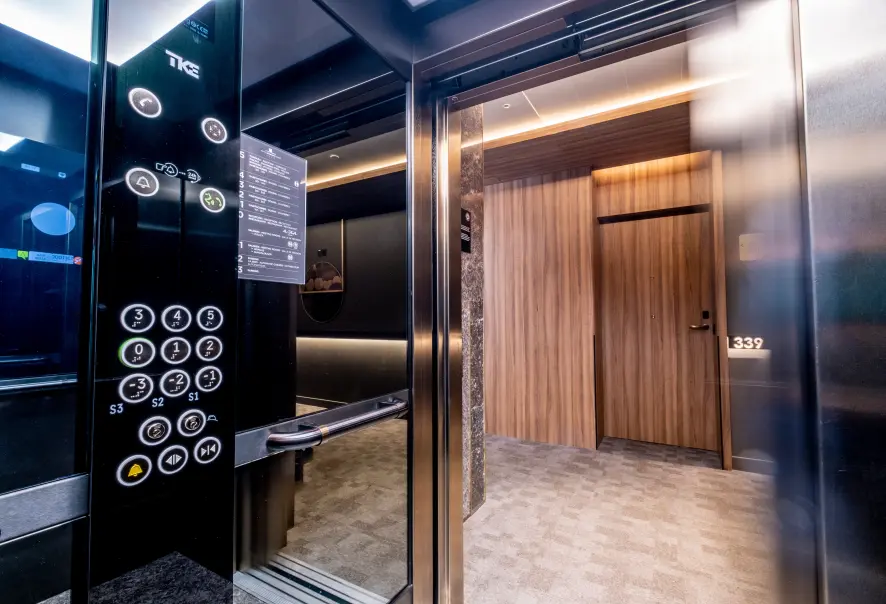
Why elevator modernization matters
- Enhanced safety: Outdated lifts may lack critical safety features like modern sensors, emergency communication systems, and reliable braking mechanisms. An upgrade ensures compliance with the latest safety codes, giving peace of mind to both building owners, facility managers, and passengers.
- Improved energy efficiency: Modern elevators are equipped with energy-saving technologies, such as regenerative drives, sleep modes, and LED lighting. These upgrades significantly reduce electricity consumption, and in some cases, can even contribute energy to the building’s grid. Altogether, it’s a win for your building’s sustainability goals!
- Increased reliability and better performance: Frequent breakdowns disrupt building operations, inconvenience passengers, and result in a larger volume of complaint emails in your inbox. In buildings where lifts are critical to passengers in wheelchairs or with other special mobility needs, these outages can quickly turn a minor inconvenience into a serious problem. In addition to reducing downtimes, modern components which are more reliable can also bring down unexpected repair costs – a double win.
- Future-proof technology: Modernization brings with it cutting-edge technologies like predictive maintenance, apps through which passengers can call elevators via their phones, and IoT-based monitoring, ensuring you have full transparency into your elevator’s current operations and know that it is prepared for future demands.
For example, introducing AGILE can help you address current as well as future traffic needs within your building. Even if your elevator is already equipped with destination selection controls, or security access and management centers, AGILE has the potential to consolidate and improve upon them, making it easier for you to manage your elevator operations. - Better aesthetics: Upgrading your elevator cabin with new décor, panels, mirrors, handrails or push buttons can give it a whole new look which matches the aesthetic of your building. And the fresh look can potentially also increase the overall value of your building.
TK Elevator: Your Modernization Partner
Modernizing your elevator is about profitably extending your elevator’s lifetime, ensuring safety, energy and cost efficiency, and enhancing the overall experience for passengers. Our Universal Service offer means that we offer maintenance and modernization for any brand, anytime, anywhere, whether your elevator was produced by TKE, KONE, Otis, Schindler, Orona, or someone else.
As elevators get increasingly more connected, modernization also helps to deliver crucial data to service providers, enabling them to utilize enhanced measures like predictive maintenance to minimize downtimes.
At TK Elevator, we understand the importance of keeping your lift up to date. Our modernization solutions are tailored to:
- Extend the lifespan of your existing elevators.
- Improve safety, performance, comfort, aesthetics and energy efficiency.
- Ensure compliance with evolving standards.
Whether you are a building owner, a facility manager, or the chairperson or the local residents’ association, our experts work closely with you to develop solutions that meet your needs, be it a partial upgrade or a complete system overhaul. We cover equipment, connectivity, digitalization and new services.
Find out how TK Elevator can modernize your elevator and help you move beyond!
Take a look at some of our modernization projects from across the world
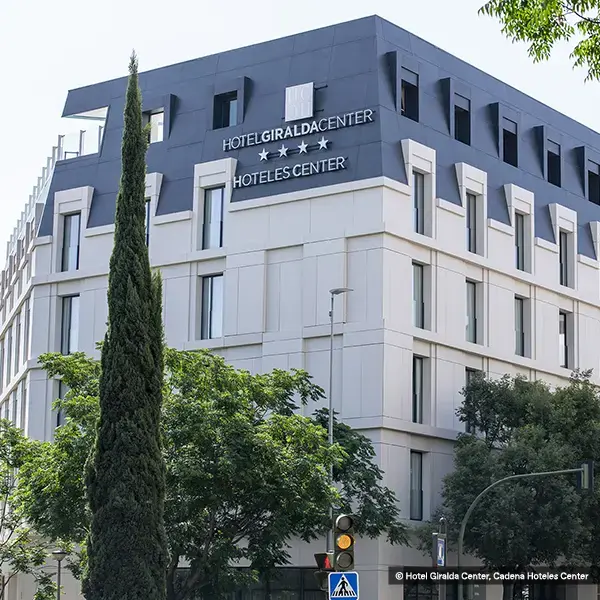
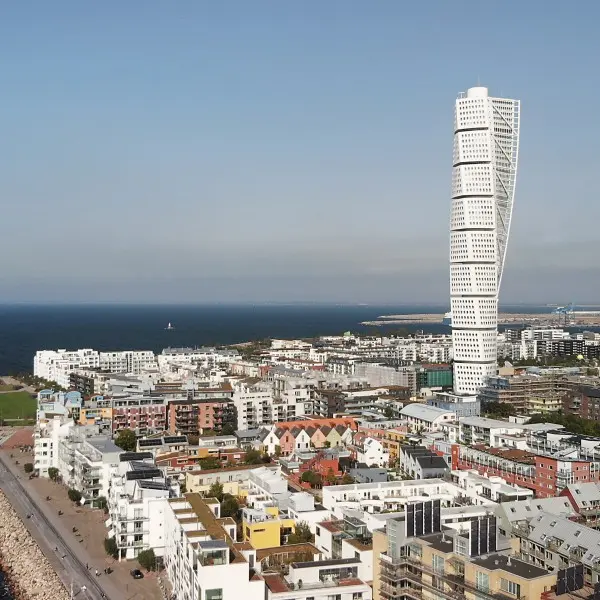
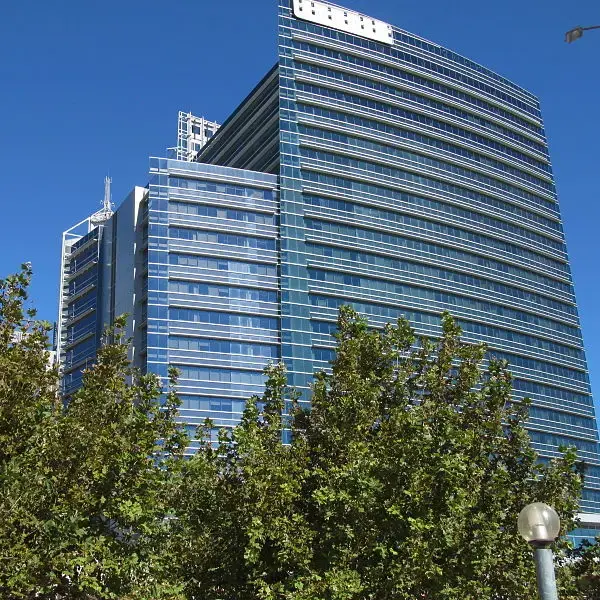
 TK Elevator
TK Elevator


